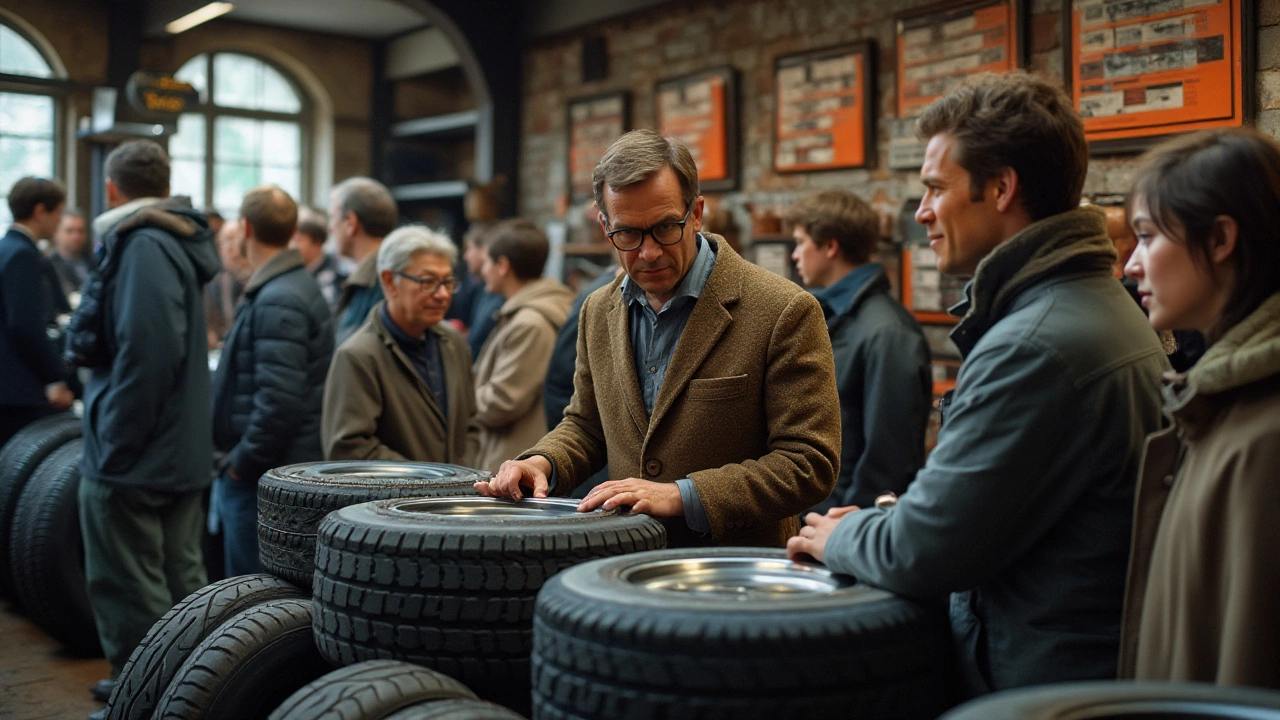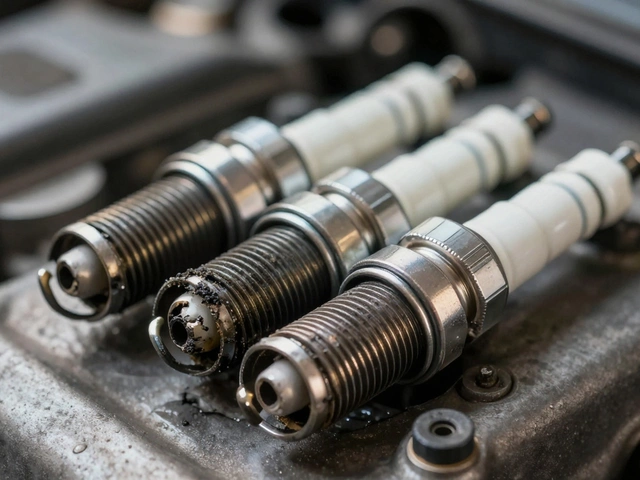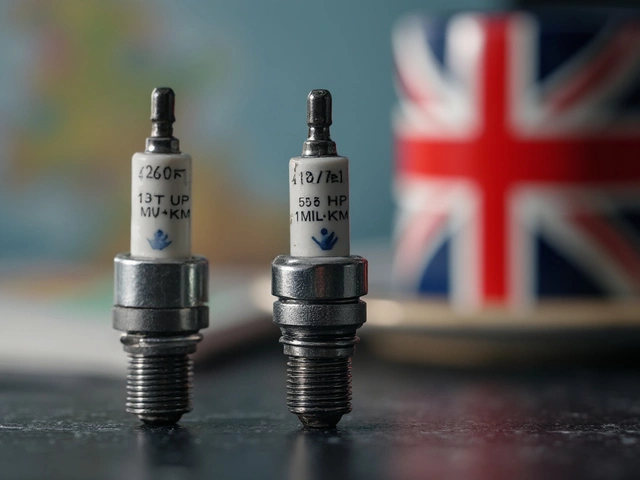How Much Do Tyres Really Cost? A Straight‑forward Price Guide
If you’ve ever stared at a tyre price tag and felt confused, you’re not alone. Tyre pricing isn’t magic – it’s a mix of size, brand, performance level, and where you buy. Knowing the pieces helps you avoid overpaying and land a set that fits both your car and your wallet.
What Drives the Price of a Tyre?
First off, size matters. Bigger wheels need larger tread blocks, more rubber, and stronger sidewalls, which raises the cost. A 16‑inch tyre will be cheaper than a 20‑inch high‑performance model. Next up is the brand. Premium names like Michelin, Pirelli or Bridgestone charge more because they invest in research, longer tread life, and a reputation for safety. Budget brands such as Dunlop or Falken offer decent performance for less, but they may not last as long on rough roads.
Seasonal design is another factor. All‑season tyres sit in the middle of the price range, while dedicated summer or winter tyres can cost more due to specialized rubber compounds. If you live in an area with harsh winters, a good winter tyre is worth the extra money – they stay flexible in cold temps and keep traction when it matters.
Performance ratings also affect price. Tyres rated for high speeds (VA, V, W, Y) need extra reinforcement and better grip, which adds to the price. If you drive a sports car or like spirited driving, the upgrade makes sense. For a daily commuter, a standard speed rating (H or lower) will save you cash without sacrificing safety.
Where to Buy: Shop vs. Online
Buying locally, like at Northwich Tyres Centre, gives you the advantage of expert advice, professional fitting, and a quick warranty claim. You can see the tyre in person, ask about wear patterns, and walk away with a set that’s already balanced. Prices in a physical shop can be a bit higher than online, but you avoid hidden shipping costs and potential return headaches.
Online retailers often list lower base prices because they cut overhead. Look for free‑fit deals, bundle discounts (buy four, get a discount), or seasonal sales. Make sure the retailer ships to your area and includes a clear return policy. When you order online, factor in the cost of mounting and balancing – many shops charge $20‑$30 per tyre for that service.
One practical tip: compare the total cost, not just the tyre price. A $90 tyre with a $30 fitting fee ends up at $120, while a $100 tyre with free fitting is cheaper overall. Use a simple spreadsheet to line up brand, size, price, and extra fees.
Don’t forget tyre warranties. Some premium tyres come with mileage guarantees of 60,000 miles or more. That often translates to a lower cost per mile, even if the upfront price is higher. When the warranty expires, you’ll know it’s time for a replacement rather than guessing based on tread depth alone.
Finally, keep an eye on promotions. Local tyre centres, including Northwich Tyres Centre, frequently run “fit‑four‑pay‑for‑three” offers, cash‑back deals, or free alignment with a purchase. These add real value and can shave $50‑$100 off a typical set.
Bottom line: tyre prices depend on size, brand, season, performance, and where you buy. By understanding each factor, you can match a tyre to your driving needs and budget without wasting money. Whether you swing by Northwich Tyres Centre for hands‑on help or hunt a good online deal, the right set is within reach – just compare total cost, check warranties, and choose the tyre that fits your car and your wallet.
 17 November 2024
17 November 2024
Understanding Car Tire Costs and What Influences Price
Delving into the intricacies of car tire costs, this article explores the different factors influencing tire prices, providing essential tips for selecting the perfect set. It also covers the types of tires available and how to make informed decisions. From understanding the elements that impact pricing to practical advice, the piece offers a comprehensive look at what goes into purchasing car tires.






0